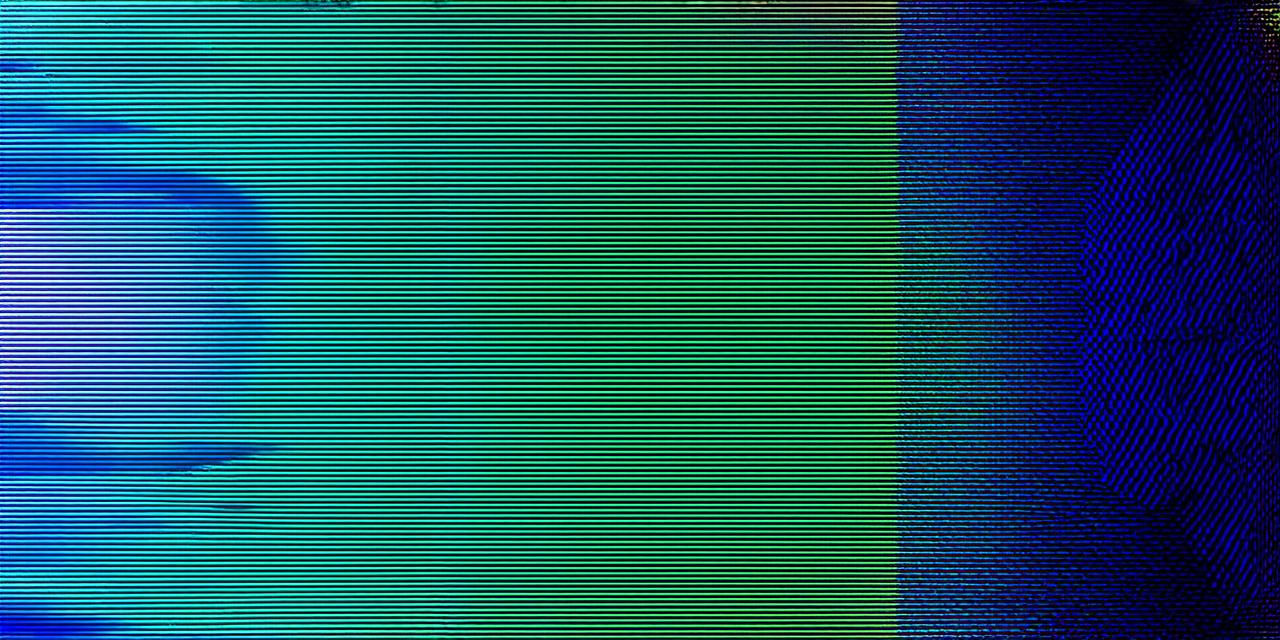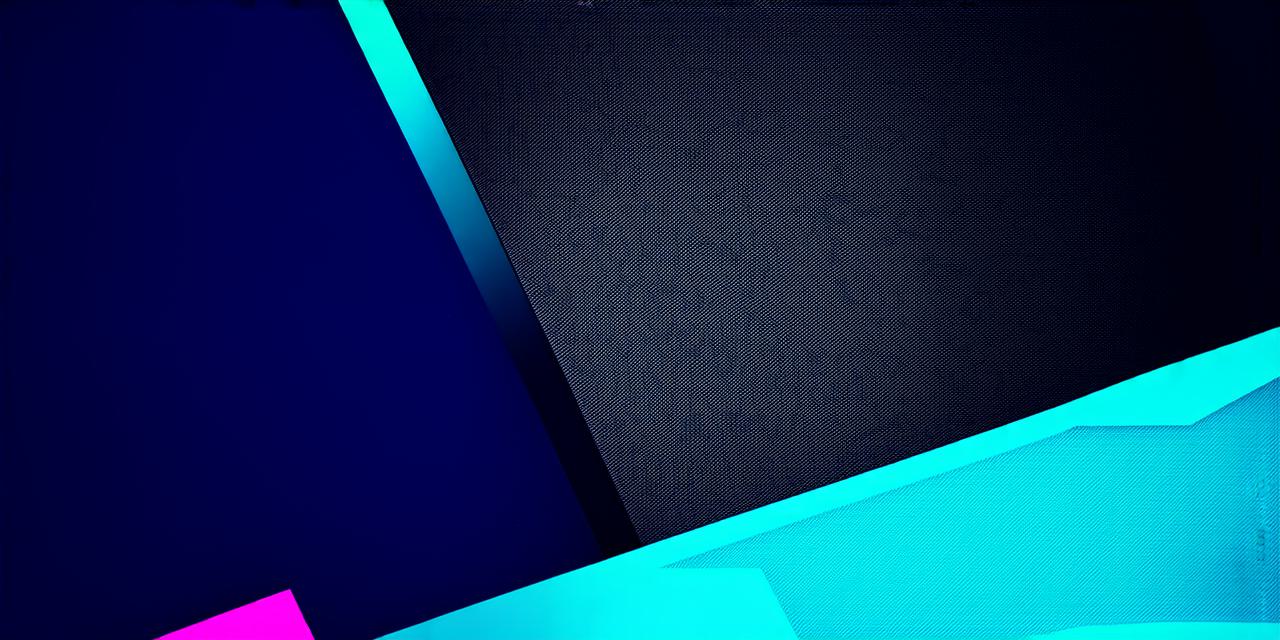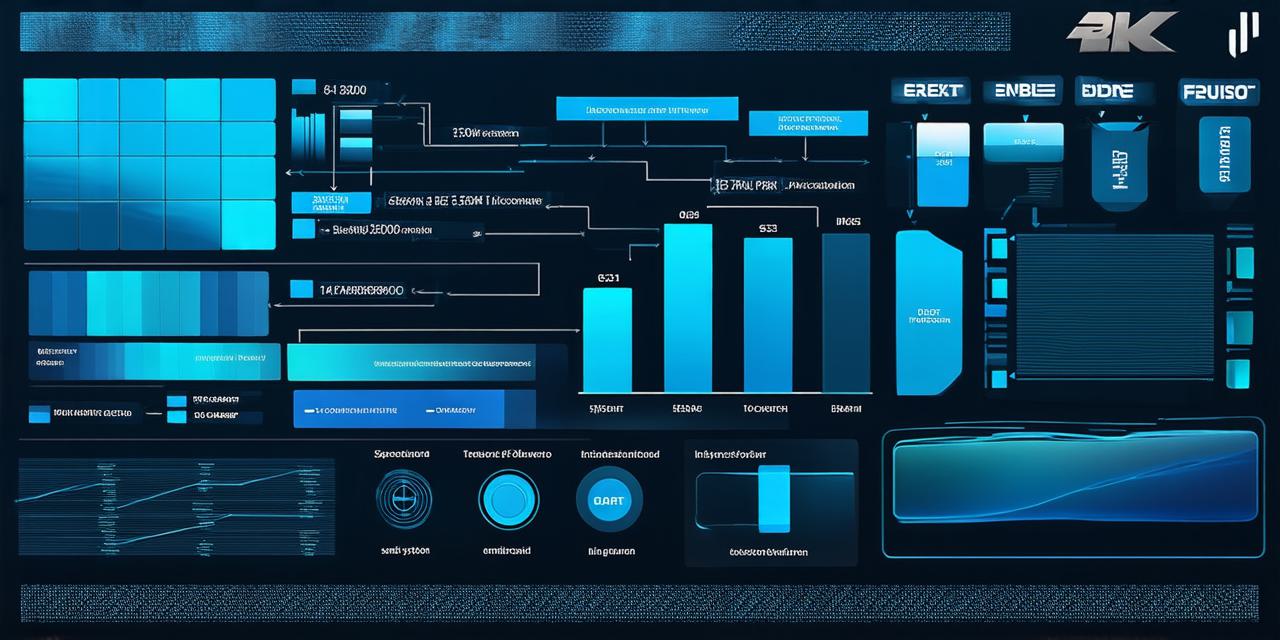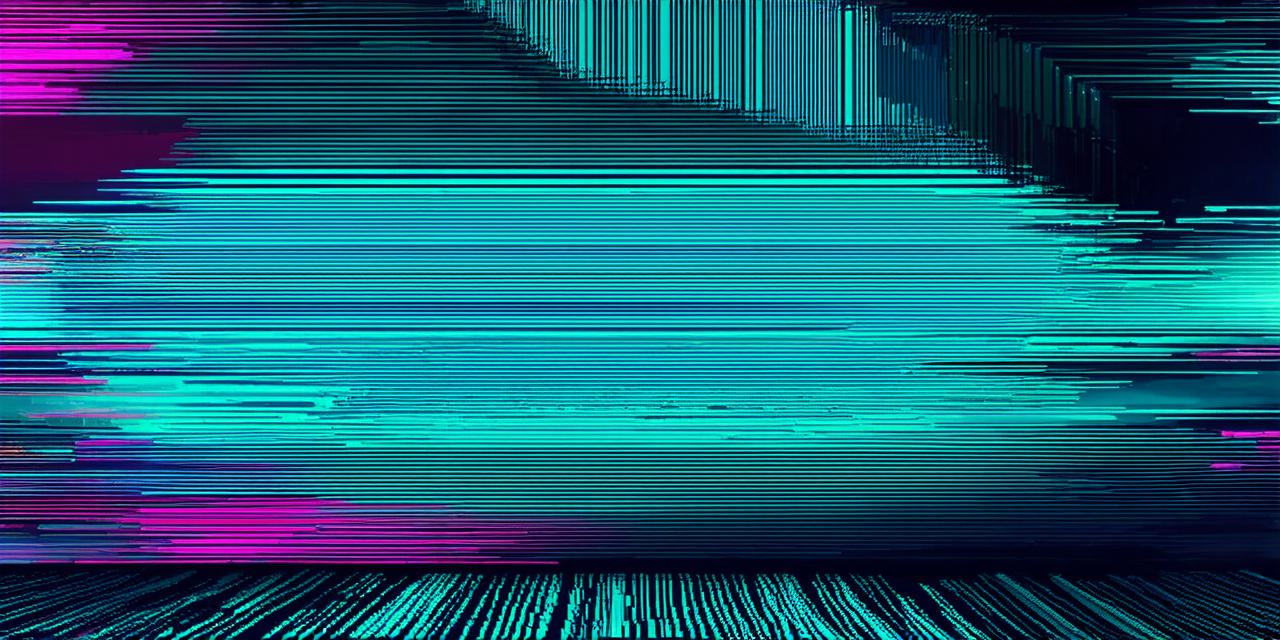Introduction:
Digital art is an artistic form that emerged in the latter half of the 20th century with the advent of computers. It is a type of art that combines traditional artistic techniques with digital technologies, creating unique and innovative pieces that were not possible before. The creation of digital art has been a long journey, and it has been made possible by the efforts of many artists who have pushed the boundaries of what is possible with technology.
The Early Days of Digital Art:
One of the earliest pioneers of digital art was Michael Noll, a German artist who began creating art using computers in the 1960s. Noll was inspired by the potential of computers to generate random patterns and shapes, which he used to create his first digital artwork in 1963.
Another early pioneer of digital art was A. Michael Noll, a German artist who began creating art using computers in the 1960s. Noll was inspired by the potential of computers to generate random patterns and shapes, which he used to create his first digital artwork in 1963.
In the early days of digital art, artists were limited by the technology available at the time. Computers were slow and expensive, and graphics software was rudimentary. However, despite these limitations, artists like Noll continued to push the boundaries of what was possible with technology, creating innovative and groundbreaking pieces that captured the imagination of audiences around the world.
The Rise of Digital Art:
As technology advanced, digital art began to gain popularity, and more artists began to experiment with this new medium. In the 1980s and 1990s, computers became faster and more powerful, allowing artists to create more complex and intricate pieces.
One of the most influential artists of this period was Rafael Lozano-Hemmer, a Mexican artist who began creating digital art in the late 1980s. Lozano-Hemmer’s work is characterized by its use of technology to create interactive and immersive installations that engage audiences on multiple levels.
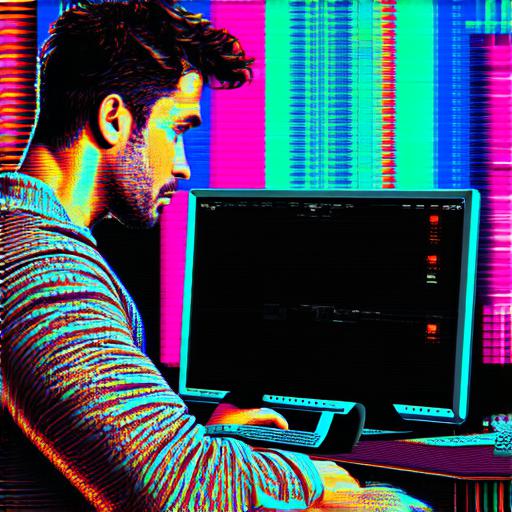
Another influential artist of this period was JODI, a Dutch artist who began creating digital art in the early 1990s. JODI’s work is characterized by its use of code and algorithms to create intricate and complex patterns and shapes.
The Emergence of New Technologies:
As technology continued to advance, new tools and techniques emerged that allowed artists to create even more innovative and groundbreaking pieces. In the early 2000s, the rise of web-based technologies like Flash and JavaScript allowed artists to create interactive and immersive works that could be accessed by anyone with an internet connection.
One of the most influential artists of this period was Olia Lialina, a Russian artist who began creating digital art in the late 1990s. Lialina’s work is characterized by its use of web-based technologies to create interactive and immersive installations that explore the relationship between technology and human experience.
Another influential artist of this period was Casey Reas, an American artist who began creating digital art in the early 2000s. Reas’ work is characterized by its use of code and algorithms to create intricate and complex patterns and shapes.
The Future of Digital Art:
As technology continues to advance, it is likely that digital art will continue to evolve and expand in new and innovative ways. In the future, we can expect to see even more artists using new tools and techniques to create groundbreaking pieces that push the boundaries of what is possible with technology.
Conclusion:
Digital art has come a long way since its early days, thanks to the efforts of pioneers like Michael Noll and Rafael Lozano-Hemmer. Today, digital art is a thriving and vibrant form of artistic expression that continues to evolve and expand in new and innovative ways. As technology continues to advance, it is likely that we will see even more artists using new tools and techniques to create groundbreaking pieces that push the boundaries of what is possible with technology.
FAQs:
1. Who was the first pioneer of digital art?
A. Michael Noll was one of the earliest pioneers of digital art, beginning to create art using computers in the 1960s.
2. What was the earliest digital artwork created by A. Michael Noll?
A. A. Michael Noll created his first digital artwork in 1963, using a computer to generate random patterns and shapes.
3. Who were some of the most influential artists of the early days of digital art?
A. Rafael Lozano-Hemmer and A. Michael Noll were two of the most influential artists of the early days of digital art.
4. Who were some of the most influential artists of the period when web-based technologies emerged?
A. Olia Lialina and Casey Reas were two of the most influential artists of the period when web-based technologies emerged.
5. What technologies did artists use in the early days of digital art?
A. In the early days of digital art, computers were slow and expensive, and graphics software was rudimentary.
